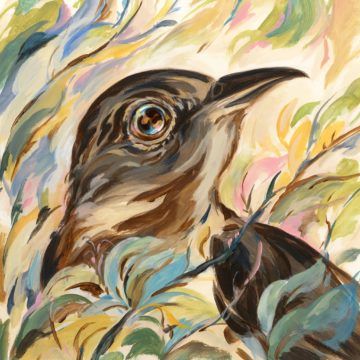Ed Yong in the New York Times:
 Nature shows have always prized the dramatic: David Attenborough himself once told me, after filming a series on reptiles and amphibians, frogs “really don’t do very much until they breed, and snakes don’t do very much until they kill.” Such thinking has now become all-consuming, and nature’s dramas have become melodramas. The result is a subtle form of anthropomorphism, in which animals are of interest only if they satisfy familiar human tropes of violence, sex, companionship and perseverance. They’re worth viewing only when we’re secretly viewing a reflection of ourselves.
Nature shows have always prized the dramatic: David Attenborough himself once told me, after filming a series on reptiles and amphibians, frogs “really don’t do very much until they breed, and snakes don’t do very much until they kill.” Such thinking has now become all-consuming, and nature’s dramas have become melodramas. The result is a subtle form of anthropomorphism, in which animals are of interest only if they satisfy familiar human tropes of violence, sex, companionship and perseverance. They’re worth viewing only when we’re secretly viewing a reflection of ourselves.
We could, instead, try to view them through their own eyes. In 1909, the biologist Jakob von Uexküll noted that every animal exists in its own unique perceptual world — a smorgasbord of sights, smells, sounds and textures that it can sense but that other species might not. These stimuli defined what von Uexküll called the Umwelt — an animal’s bespoke sliver of reality.
More here.
